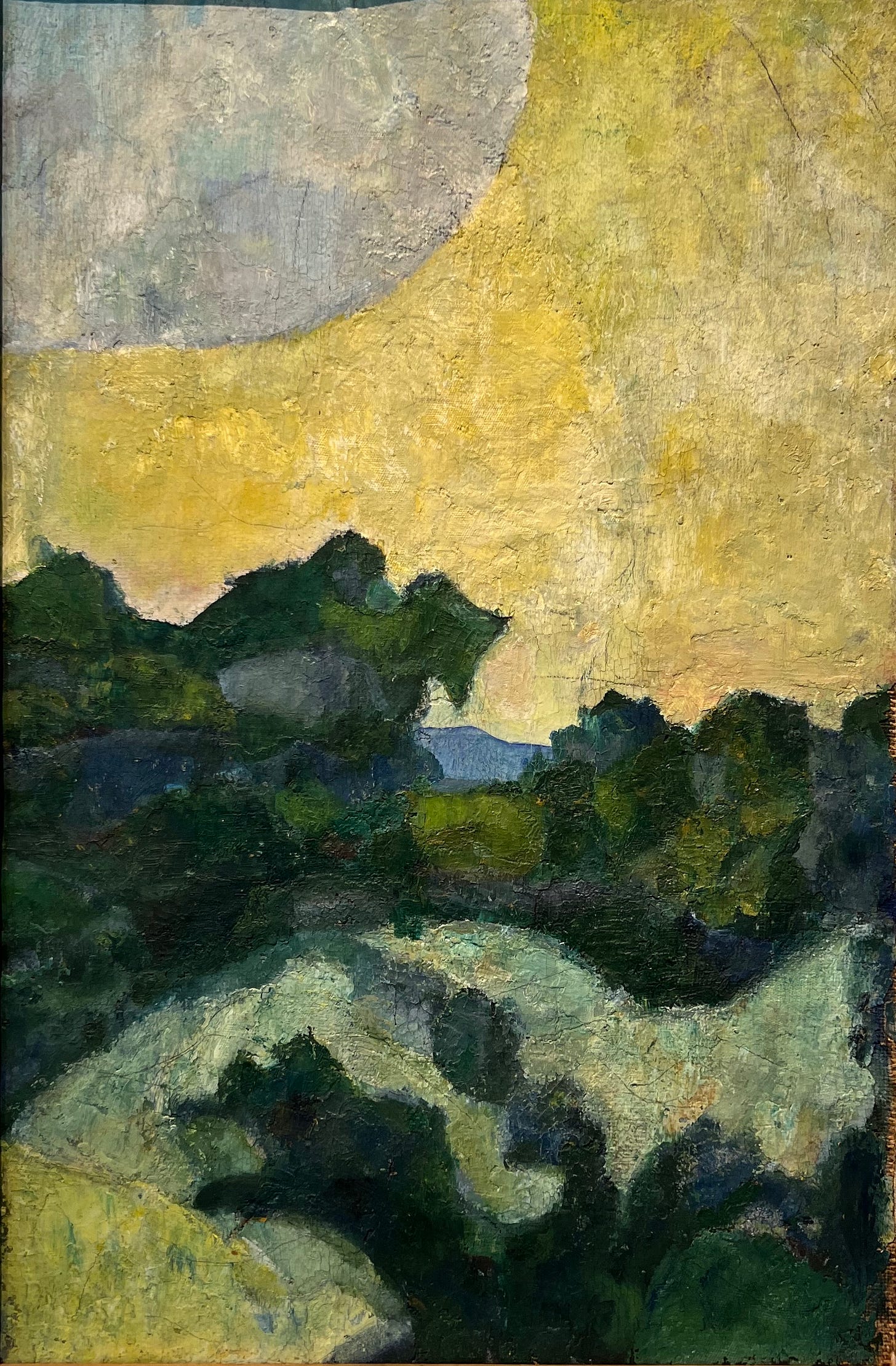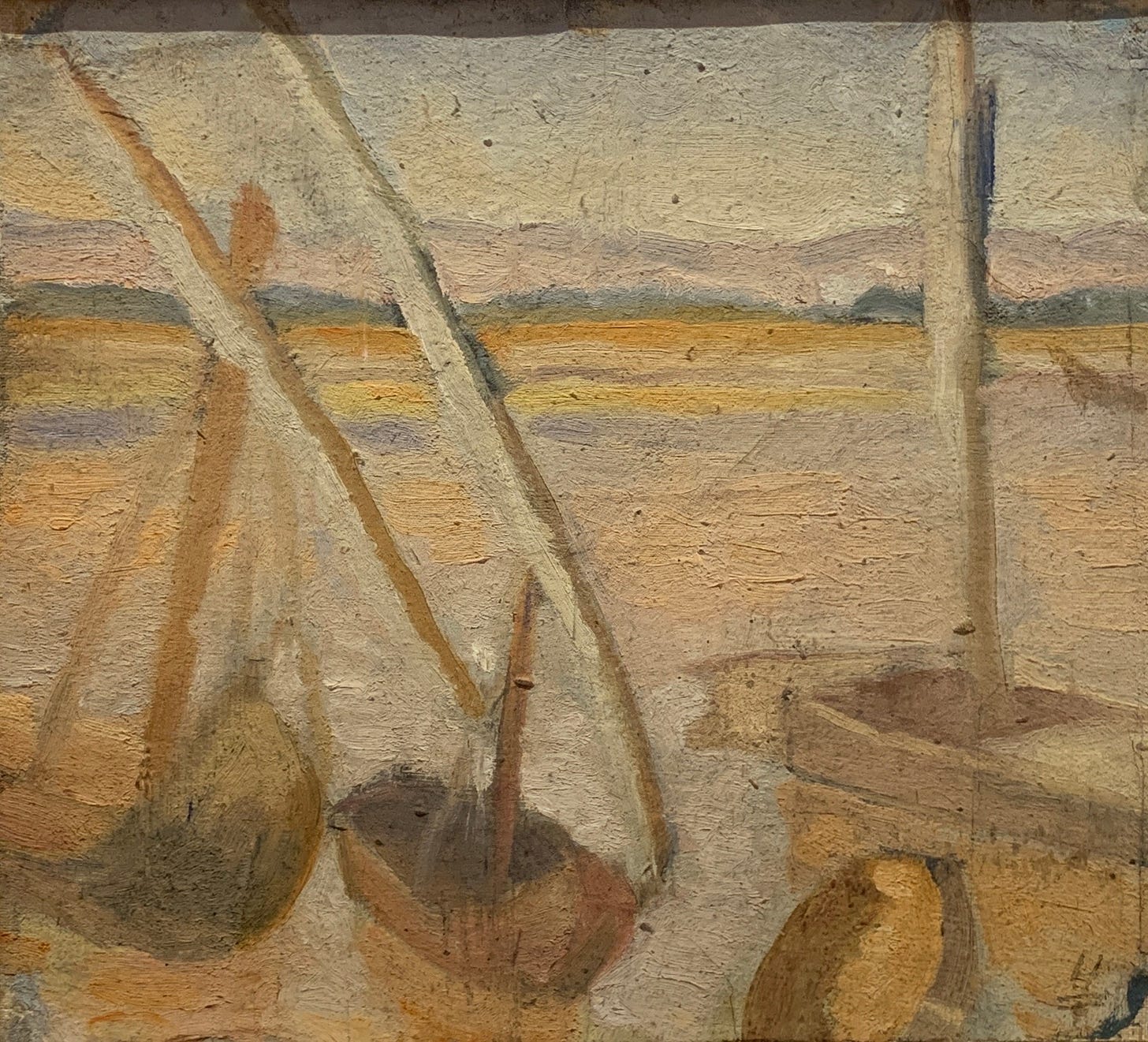Visit to the Aguéli Museum in Sala, Sweden
On a recent trip to Stockholm, Birgitta Wallin suggested I take a day trip to Sala to visit the museum dedicated to Swedish artist Ivan Aguéli. I had long been enthusiastic about Aguéli's work, having first encountered his paintings in Stockholm in 1989 at the Moderna Museet. I immediately connected with his deceptively simple landscapes. Aguéli was part of the Swedish avant-garde and is considered by some to be the father of Swedish Modernism.
When I discovered Aguéli’s work, I had been struggling to paint on the Swedish island of Gotland just weeks before. Knowing nothing of Aguéli’s story, I found great reassurance in his approach and attitude. I later learned that Aguéli also painted numerous times in Gotland as he began his career, avoiding the disdain of his father. He also painted while traveling and living around Europe, North Africa, and even Sri Lanka.
Aguéli was a complex individual, born into a Protestant family in Sala, Sweden, in 1869. He was a contemporary of both Pierre Bonnard (1867-1947) and Edouard Vuillard (1868-1940), whom he would have met when he studied in Paris with Emile Bernard in 1890. Aguéli was a relative of the philosopher and mystic Emanuel Swedenborg; he studied Arabic and Islamic philosophy in Cairo and eventually converted to Islam while living in Paris. Aguéli died in an accident in Barcelona in 1917, leaving behind a large collection of paintings, an extensive amount of political and spiritual writing, and a biography that included encounters with the law and various governments.
What I find most striking about Aguéli is not his legendary biography or spiritual demeanor but the sense of both art history and observation in his compositions. Aguéli’s paintings feel very grounded in the places they were painted, whether in Egypt, Gotland, or France, and there is a pleasurable quality to how his paintings are seemingly composed with ease. He reveals his exposure to both the artists working in Paris around 1890 and the teachers he encountered in Stockholm before departing for France. His touch strangely telegraphs the work of Giorgio Morandi, who was also deeply influenced by French painting and would have a major impact on my own work.







